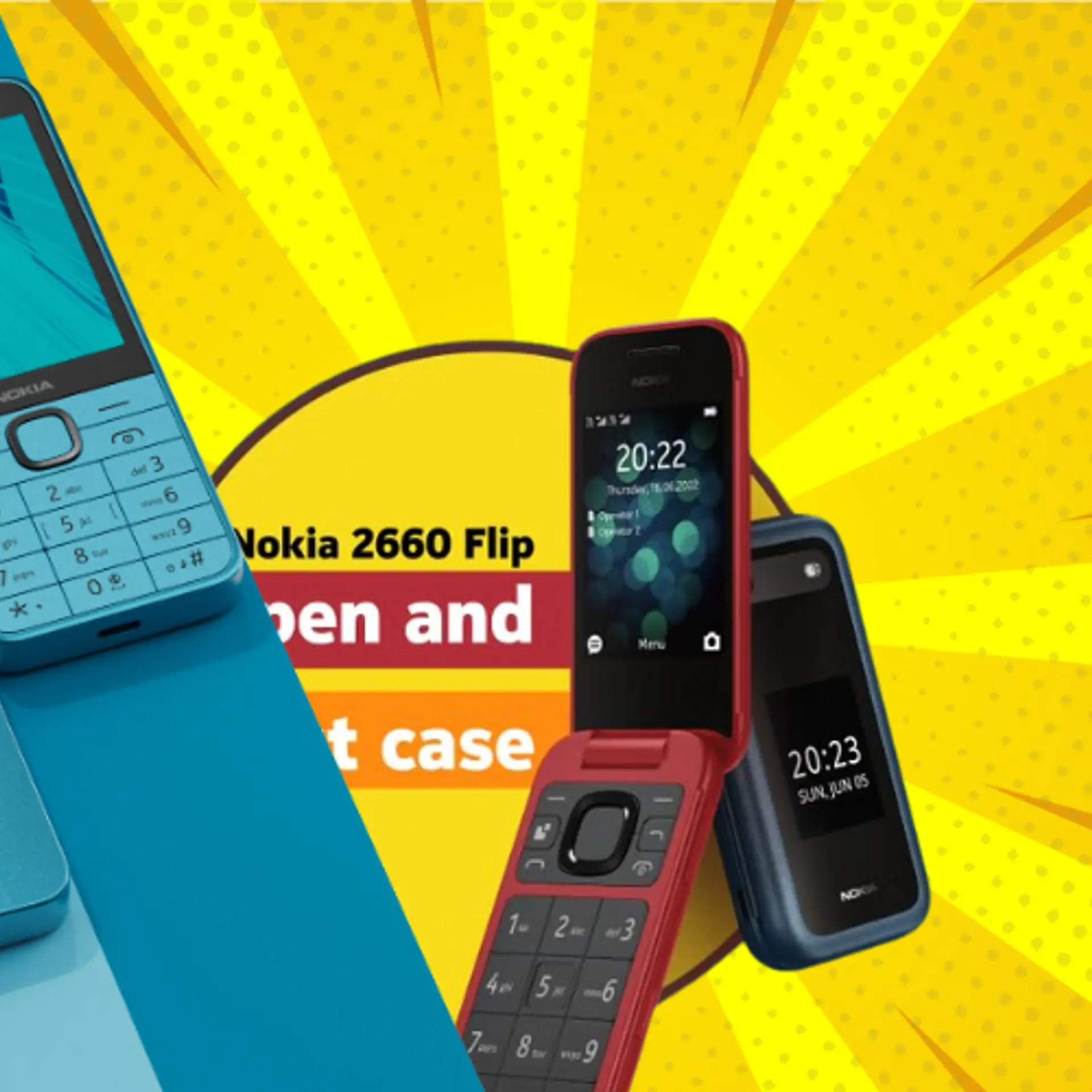Need a Digital Role Model? Consider Burberry

Luxury brand think tank L2 recently rated Burberry as the best digital program of all the luxury clothing brands. So, I set out to see what prompted this appraisal.
Burberry has creatively used digital to inject energy into the brand with a variety of programs, some with little obvious link to their clothing.
Consider:
- The live-streamed fashion shows that offer backstage glimpses and the ability to order items before they even hit the stores.
- Their “Art of the Trench” website where customers can post pictures of themselves wearing the iconic Burberry trench coat. The project is an ongoing collaboration between Burberry and some of the world’s leading designers and photographers and has led to special physical “Art of the Trench” exhibits around the world.
- The Burberry Bespoke line offers customizable Burberry trench coats. Customers can choose from different cuts, colors, linings, belts, epaulets, cuffs and even studs.
- Burberry Acoustic introduces people to bands that the Burberry team loves and believes in. It sheds a spotlight on emerging artists from Britain in addition to classic British icons such as Elton John. They videos are featured in some catwalk events and on the “Art of the Trench” site.
- Burberry Kisses is a visually immersive and interactive experience that allows users to send letters sealed with a virtual kiss to friends and loved ones across the globe.
But Burberry has come a long way.
Just over a decade ago, Burberry was struggling with a diffused image based in part on over-exposure, off-brand products (like dog leashes and cheap outerwear) and design inconsistency around the world. So in the mid-2000s, new CEO Angela Ahrendts took strong steps to bring the brand back.
She brought Christopher Bailey, Burberry’s Chief Creative Officer and so-called “Brand Czar,” to the team and tasked him with approving every Burberry design and product to make sure it was on-brand. They worked hard to return the brand to its heritage while adding energy and a renewed fashion flare.
The firm dropped lower end products from their lines, instituted an anti-counterfeiting program and redesigned collections to be more interesting and refreshing. For example, the iconic camel-colored check became the inspiration rather than the focus of designs. Further, outerwear, including the classic trench coat, again became the base product and symbol of the line. Three sub-brands, the super-premium Burberry Prosum, the office-wear Burberry London, and the casual Burberry Brit provided clarity. It was expensive and difficult, but in the end Burberry regained their core market and added relevance to a new generation.
Digital played a key role in the brand’s rebirth. Burberry’s new and improved digital experience makes the brand interesting, dynamic and relevant to the fashion-conscious and younger buyers. The “Art of the Trench” project and Burberry Bespoke collection both clearly support their goal of making the trench coat, the brand’s heritage product, the core of the brand and the business. Live-streaming fashion shows brilliantly captured the excitement and immediacy of Fashion Week festivities.
The Burberry Acoustic project was a stretch in that it had nothing to do with the Burberry brand or business (although Burberry clothing was often seen in the videos). But it provided energy and life to the catwalk, the website, and the “Art of the Trench” because the music added to the experience. In addition, the selection of the songs and the fact that it represented the best of Britain was a way of expressing the brand. The Kisses campaign was an even further stretch, but it provided a way to experience something meaningful and involving in a Burberry context. It also had the potential to add authenticity and emotion to the brand.
So, how did Burberry pull this off?
- CEO Angela Ahrendts and the creative force in the firm, Christopher Bailey drove the internal energy that led to digital taking such a prominent role.
- Leadership had a clear vision for the brand and made that vision the brand’s guiding star.
- The focus of their digital program development was not on communicating or selling clothes, but on the customer. What are his or her interests and passions?
Designing programs in this direction will result in home-runs rather than strikeouts. More on this last point in my forthcoming book, Aaker on Branding: 20 Principles that Drive Success.
image credit: therecessionista.com







